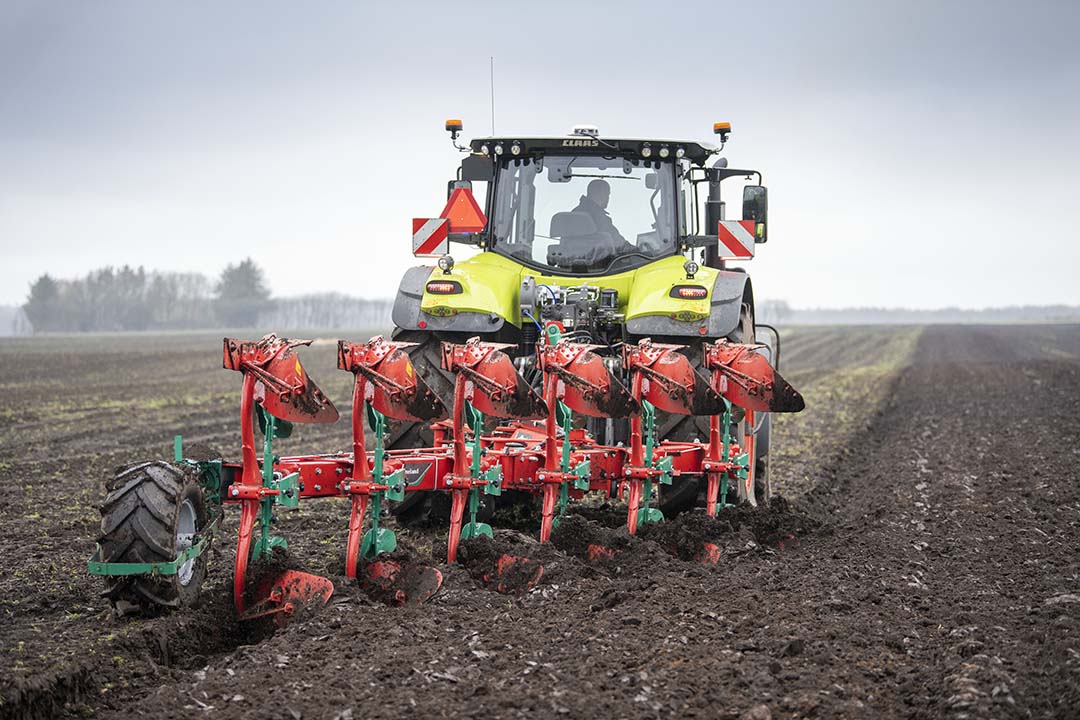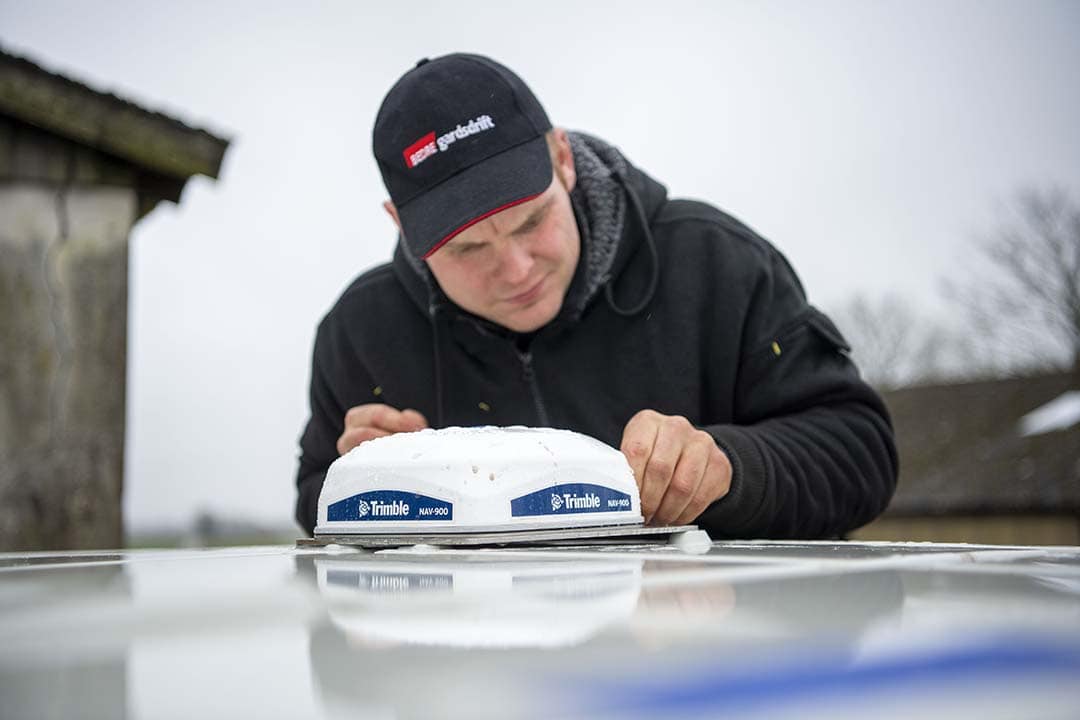Seven GPS steering systems tested: Valtra leads the way, part 1

Future Farming presents a comprehensive GPS comparison test on seven tractor brands. It turns out that all seven tractor brands provide excellent GPS steering systems. The difference lies in advanced features and ease of use. Valtra is at the forefront, with John Deere coming in second. This is part 1 with the introduction of the test and soms results. In part 2 we present an overview of the seven brands.
When considering the overall package, meaning how advanced the GPS steering system is combined with how easy it is to use, Valtra leads the pack. John Deere comes in second. Following them are New Holland and Massey Ferguson.
This is based on an extensive comparison of GPS steering systems. Seven tractor brands participated: in addition to the aforementioned brands, Claas, Deutz-Fahr, and McCormick also took part. Yes, Fendt is missing. At the time of the test (spring 2023), Fendt was not willing to provide a pre-production model of the 728 Vario.
Four proprietary, three external
Four brands in this test use hardware and software under their own brand name. And coincidentally or not: these are the four tractor brands with the highest scores. Additionally, there’s the Claas tractor with a Trimble system. Here’s how it goes: at the beginning of the test, we requested a so-called U-turn function where the tractor turns automatically at the headland. The Claas-owned Cemis 1200 screen cannot do this yet. This feature will be available by the end of 2024. Then, the Trimble option from the Claas price list will be phased out.
McCormick does not have its own GPS system. Therefore, you can order various options from the factory. Our test tractor has an AGI-4-Topcon antenna with a Topcon X25 terminal. Deutz-Fahr uses the iMonitor, which is a Deutz-Fahr brand. But the terminal itself is essentially a Topcon X35 screen, so the icons and such from these two are largely identical.
Text continues below picture

Text continues below picture

Two-screen strategy
In John Deere, New Holland, and Deutz-Fahr, we have one screen – essentially the screen you also use for the tractor settings. Specifically, it’s the Command Center 4600, Intelliview 12, and the iMonitor, respectively. In all three cases, it’s possible to order a second screen, and in the case of Deutz-Fahr, it’s a tablet.
Massey Ferguson and Valtra both come with a second screen: the Field Star 5 and Smart Touch Extend. Claas and McCormick have two screens, with one dedicated solely to GPS. This is because the McCormick DSM screen cannot run a GPS system, and we’ve already discussed Claas.
All test drivers prefer having two screens. You have a much better overview, and you can still adjust tractor settings or operate an ISOBUS implement. With only one screen, you find yourself navigating through menus a lot, and although screens can often display everything in one view, the GPS display then becomes (too) small.

Co-author: John Christensen
Join 17,000+ subscribers
Subscribe to our newsletter to stay updated about all the need-to-know content in the agricultural sector, two times a week.



